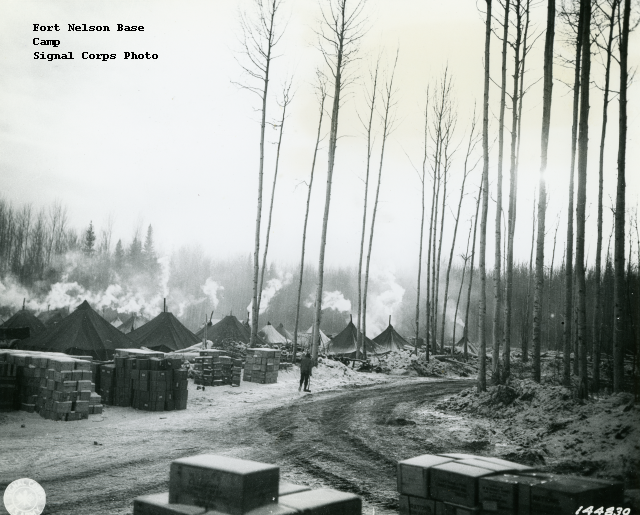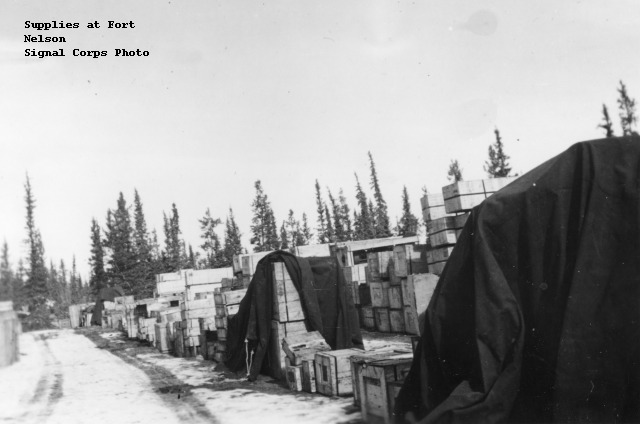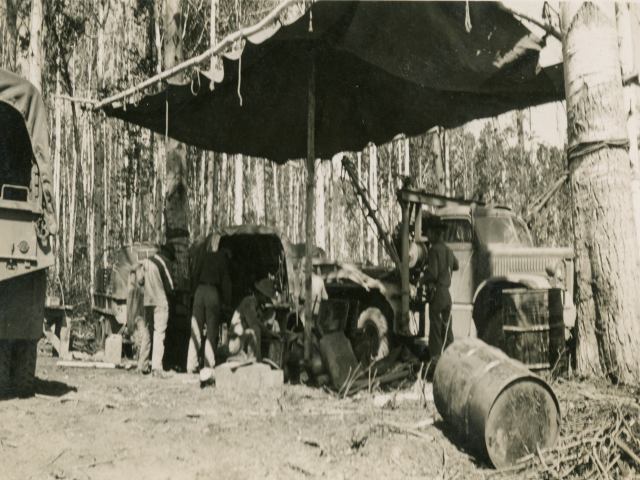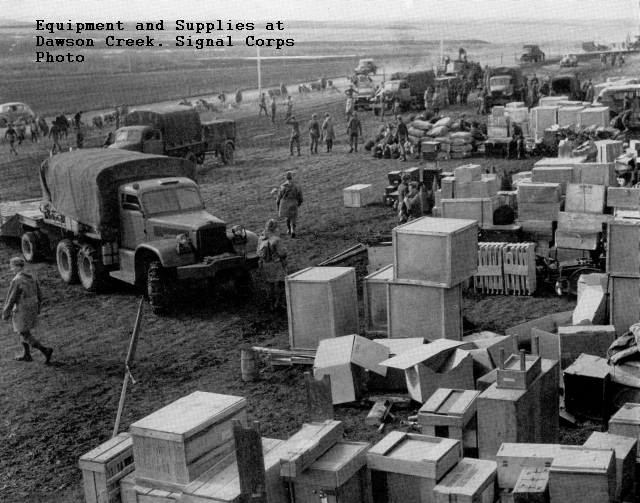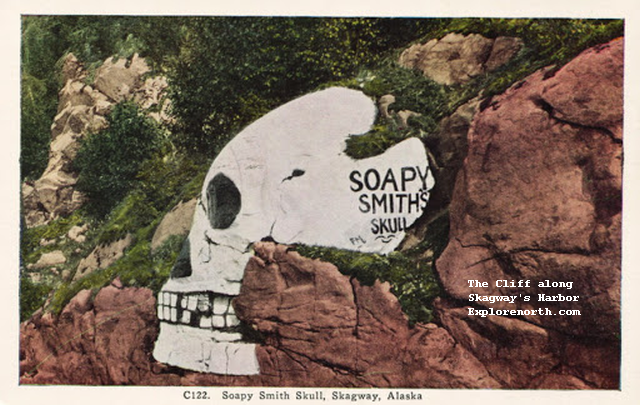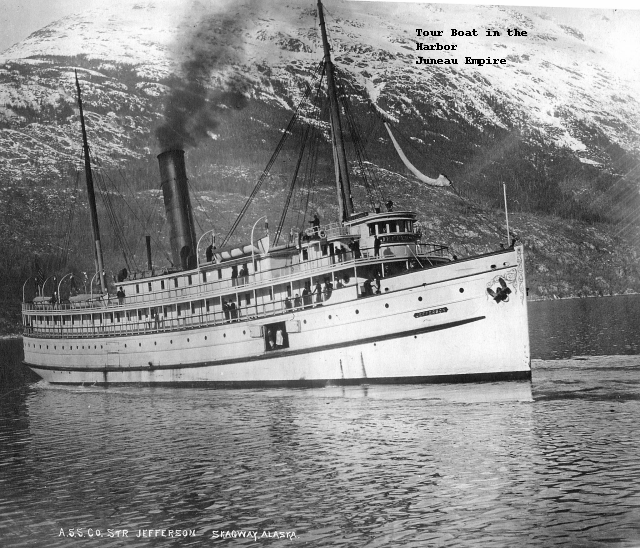
Chappie, actually Chaplain William J. Brown, drove as many as two thousand miles a month up and down the Alaska Highway in 1943. He brought spiritual guidance to the men working to straighten and improve the Highway, and they nicknamed him Chappie.
During that first year of its existence, the Alaska Highway offered only a crude path through the wilds of Northern Canada and Alaska. Chappie didn’t drive it for pleasure.
Spiritual Guidance on the Alaska Highway
In December 1943 the chaplain wrote to his wife to describe a day of travel through Yukon Territory from Canyon Creek… To Canyon Creek.
With his aid, the chaplain left at daybreak—11:00 in Yukon in December—and churned ten miles through heavy snow before the truck slid off into a ditch. Leaning out their windows, the two men laboriously scraped snow away from their doors until they could force them open and get out. Snow packed the engine compartment; they dug it out. Ice covered the spark plugs; they melted it and blotted the water.
Back in the truck, Chappie pressed the starter; nothing happened. A battery cable had come loose. He reinstalled it. The sergeant dug snow away from the exhaust pipe, and Chappie fired the engine.
Tires spun, snow chains dug in and, “I just went right down the side of that hill, gave her all she had, and headed her back from the woods on a bias for the road. And by golly, we made it.”
Just seven miles from the next civilian camp, they heard a loud clanging under the hood. A bent fan blade had nicked the belt. A couple of noisy miles on, the fan belt fell away completely. They crossed their fingers and kept going. Even in the bitter cold the engine overheated, but they managed to limp into the camp.
A mechanic helped them rig a fan belt, they ate lunch and they hit the road again—in the only direction the storm allowed them–back to Canyon Creek. “In twenty miles we were our own snowplow. Not a track in the fourteen-inch-deep snow…”

A windshield wiper gave up the ghost. Every few miles they stopped so the sergeant could scrape the snow and ice away.

When they crested the last ridge and headed down the slope to Canyon Creek, the snow “got lesser and wetter… by the time we got here it was raining”.
More on the first year of the Alaska Highway
(Chappie’s letter is quoted in Pioneer Road by Donna Blasor-Bernhardt)



